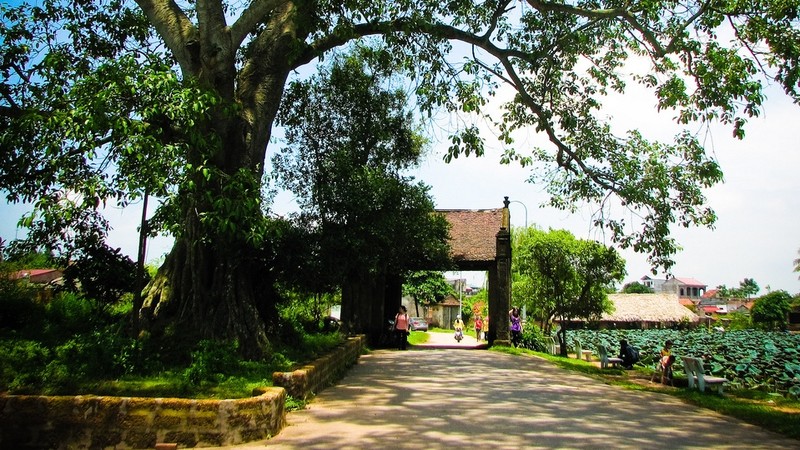A French diplomat with a passionate love for the beauty of Hanoi once said one of the things that impressed him most were the blocks of flats built about half a century ago. He wished that some of them would be preserved as museums even when they were almost certainly destined for renovation.
The diplomat’s suggestion came as some surprise to me when old apartment blocks are what the whole society are trying to escape from, so why keep them? But now when I look at them from a farther viewpoint, I come to realise that any community will undergo different periods of development and those buildings are a part of history, of Hanoians and the heritage of Hanoi’s urban landscape.
Hanoians were once proud of owning a flat in these “collective houses”, as they are known in Vietnamese. These are where vivid memories of a not-so-distant period were left and a culture was formed, unique to citizens of “collective houses”, that is the flexibility in their manners. They still maintained a part of the rural way of life when neighbours were so closely bonded with each other, while showing respect for the privacy of others by moving lightly and speaking softly within the building.
All are different from the culture seen in modern apartment buildings. Heritages are not necessarily things of the past: temples, shrines, festivals and folk songs. Hundreds of years ago, citizens of Hanoi’s streets now known as the Old Quarter, the town of Hoi An in Quang Nam province or Duong Lam village on the outskirts of Hanoi would never have thought that their living space would one day become heritages.
Almost all old blocks of flats in Hanoi, Ho Chi Minh City and many other cities are bound for complete demolition and reconstruction. It would be a pity if all these buildings were knocked down. A part of urban history will be erased and we are depriving the later generations of the opportunity to understand the “collective houses”, like how see Hoi An, the Old Quarter or Duong Lam village with our own eyes today. Once these buildings are brought down, the etiquette of the citizens of such “collective houses” will also be gone.
But if some are kept, our children may be able to sympathise with a difficult time when a person was allocated just a few square metres. Our children would admire our flexibility when having to live in such a cramped space. But they would also raise questions on the role of the authorities concerned, as they allowed the old apartment buildings to be extended in a chaotic way and they might also be startled at how the water pipes were jumbled up.
Thinking of this, many would demolish the old apartment blocks as soon as possible, not only to improve the living standards but also to not feel ashamed in face of the future generations.
But in the flow of time, the formation of heritages in the future does not rest at old apartment buildings only. Any living space, whether it is a city, a village or a building, will be recorded in history and many will become heritages in the future.
Our children then will know the planning and architectural changes and the typical style of each period. They will know that the valuable gifts that we have received from our forefathers today are not only old streets and villages, but also a trove of architectural decorations and knowledge in organising a living space that is harmonious with nature.
What will they think of the rural and urban architectural heritages they receive from us? Can they find anything to inherit from how we organise the living space in modern high-rise apartment buildings or high-end villas that mimic French architecture? Can they find any philosophy in today’s planning, architecture and construction? What will they think of the omnipresence of narrow, long houses known as “tube houses” in rural areas? What will they conclude from comparing the grid planning in the Old Quarter with the planning of new urban areas today?
November 23 is designated as Vietnam Heritage Day to remind the community to treasure the value of heritages. But the day is not only for discussing the past, it is also an occasion to reflect on the heritages of the future that will be formed from today.
















